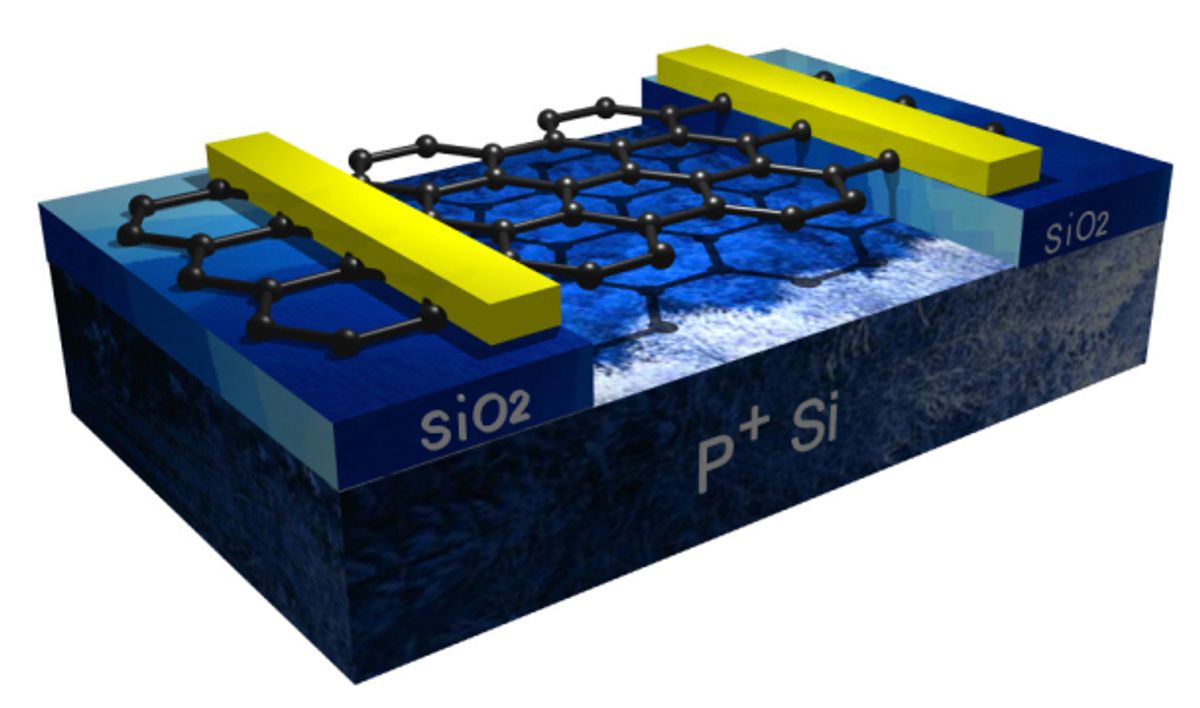There is no doubt that in the world of advanced materials research, graphene is now enjoying favored status, even over its carbon cousin, carbon nanotubes.
Just this year, graphene has overcome its lack of a bandgap, has once again broken its own record for high-speed transistors and has even ventured outside of electronics into the realm of optoelectronics.Now researchers at the University of California, Riverside, led by Alexander Balandin have revisited their 2008 research with the thermal conductivity of graphene and demonstrated “how the thermal conductivity of multi-layer graphene changes as it goes from being 2D to 3D as more layers are added.”
The results were originally published in Nature’s Materials and demonstrated that as the number of layers increased, the material’s thermal conductivity decreased. According to the Institute of Physics article cited above, “the thermal conductivity decreases with thickness because phonons – quantized vibrations of the crystal lattice that transport heat – couple across the different atomic layers in the material. The more layers there are, the greater the coupling and more phonon scattering occurs, disrupting the conduction of heat.”
But even at this decreased level the graphene containing four atomic levels far exceeded the capabilities of copper films.This effectively adds managing heat for electronics to the applications for graphene. The introduction of graphene for these heat management purposes would likely start in the area of thermal interface materials for chip packaging.
But Balandin has been attributed as saying in a number of the articles out there covering this development that graphene could in five years be used with silicon in computer chips, such as interconnect wiring or heat spreaders. In any case, as electronics shrink heat issues are becoming more intense and they are likely to grow even more acute when proposed three-dimensional electronics are introduced, which use a vertical integration of computer chips.Dexter Johnson is a contributing editor at IEEE Spectrum, with a focus on nanotechnology.




